The F-14 Tomcat: Icon of the Skies
The F-14 Tomcat is more than just a fighter jet; it is an icon of American military aviation, immortalized in popular culture and respected in military circles for its formidable capabilities. Developed by Grumman Aerospace Corporation for the United States Navy, the F-14 Tomcat served as the Navy’s primary maritime air superiority fighter, fleet defense interceptor, and tactical reconnaissance platform from the 1970s until its retirement in 2006. Let’s explore the legacy and distinctive features that made the F-14 Tomcat a legendary aircraft.
Distinctive Design and Capabilities
The F-14 Tomcat is instantly recognizable by its unique design, particularly its variable-sweep wings. These wings could be swept back for high-speed intercepts and forward for slower speed maneuvers, providing exceptional versatility in various flight regimes. This capability allowed the F-14 to perform a wide range of missions, from high-speed pursuits to dogfighting.
Powered by two Pratt & Whitney TF30 engines (later upgraded to General Electric F110 engines), the F-14 Tomcat could achieve speeds exceeding Mach 2.34, making it one of the fastest fighters of its time. Its twin-engine design also provided redundancy, enhancing its survivability in combat situations.
Advanced Radar and Weapons Systems
One of the standout features of the F-14 Tomcat was its powerful radar system, the AWG-9. This radar could track up to 24 targets simultaneously and engage up to six with AIM-54 Phoenix long-range air-to-air missiles. The combination of the AWG-9 radar and the Phoenix missile gave the F-14 a formidable beyond-visual-range (BVR) combat capability, allowing it to intercept threats before they could pose a danger to the fleet.
In addition to the Phoenix missile, the F-14 was armed with AIM-7 Sparrow and AIM-9 Sidewinder missiles for medium and short-range engagements, respectively. It also featured a 20mm M61 Vulcan cannon for close-in dogfighting.
Operational History and Achievements
The F-14 Tomcat’s operational history is rich with achievements and notable engagements. First deployed in the 1970s, it quickly proved its worth as a fleet defense interceptor, protecting carrier battle groups from enemy aircraft and missile threats. The F-14 saw extensive action during the Cold War, where it played a crucial role in maintaining air superiority and deterring potential adversaries.
One of the most famous deployments of the F-14 was during the 1980s in the Gulf of Sidra, where it successfully engaged and shot down Libyan MiG-23 fighters in a high-stakes aerial confrontation. The Tomcat also played significant roles in Operations Desert Storm, Enduring Freedom, and Iraqi Freedom, providing air cover, conducting reconnaissance missions, and delivering precision strikes.
Cultural Impact
The F-14 Tomcat’s fame transcends its military achievements, largely thanks to its starring role in the 1986 blockbuster film “Top Gun.” The movie showcased the Tomcat’s impressive capabilities and brought its sleek design and power to the attention of millions worldwide. As a result, the F-14 became a cultural icon, symbolizing the cutting-edge technology and prowess of the U.S. Navy.
Retirement and Legacy
Despite its impressive capabilities, the F-14 Tomcat was retired from U.S. Navy service in 2006, replaced by the more modern F/A-18E/F Super Hornet. The retirement was due to several factors, including the high maintenance costs associated with the aging airframe and the need for a more versatile and cost-effective fighter platform.
However, the legacy of the F-14 Tomcat lives on. Its design and technological innovations influenced subsequent generations of fighter aircraft. The Tomcat remains a beloved aircraft among aviation enthusiasts and former pilots, celebrated for its distinctive appearance, advanced capabilities, and storied service history.
Conclusion: An Enduring Legend
In conclusion, the F-14 Tomcat stands as an enduring legend in the annals of military aviation. Its unique design, advanced radar and weapons systems, and distinguished operational history set it apart as one of the most iconic fighter jets ever built. Whether remembered for its role in defending the fleet, its cinematic fame, or its technological contributions, the F-14 Tomcat continues to capture the imagination and admiration of people around the world
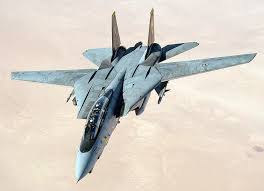
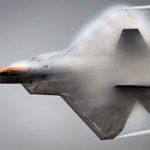
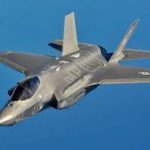
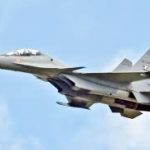
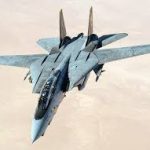
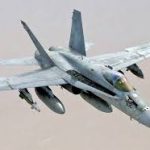
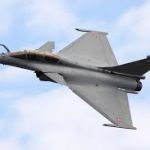
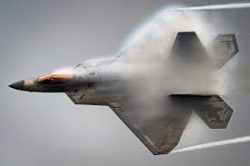


















































https://www.digitalcommonwealth.org/folders/2295
https://www.woopets.fr/social/membre/75990/
https://forums.bagisto.com/user/pclairemontj
https://www.projectnoah.org/users/prestigeclairemontplot
https://participation.touraine.fr/profiles/prestige_clairemont/activity
http://mu88samcom.crowdfundhq.com/users/prestige-clairemont
https://www.horseracingnation.com/user/prestigeclairemonto
https://www.thesimsresource.com/members/prestigeclairemonti
https://tatoeba.org/en/user/profile/prestigeclairemontx
https://dai.ly/k4lX63Bdgmcf5QAGFaY